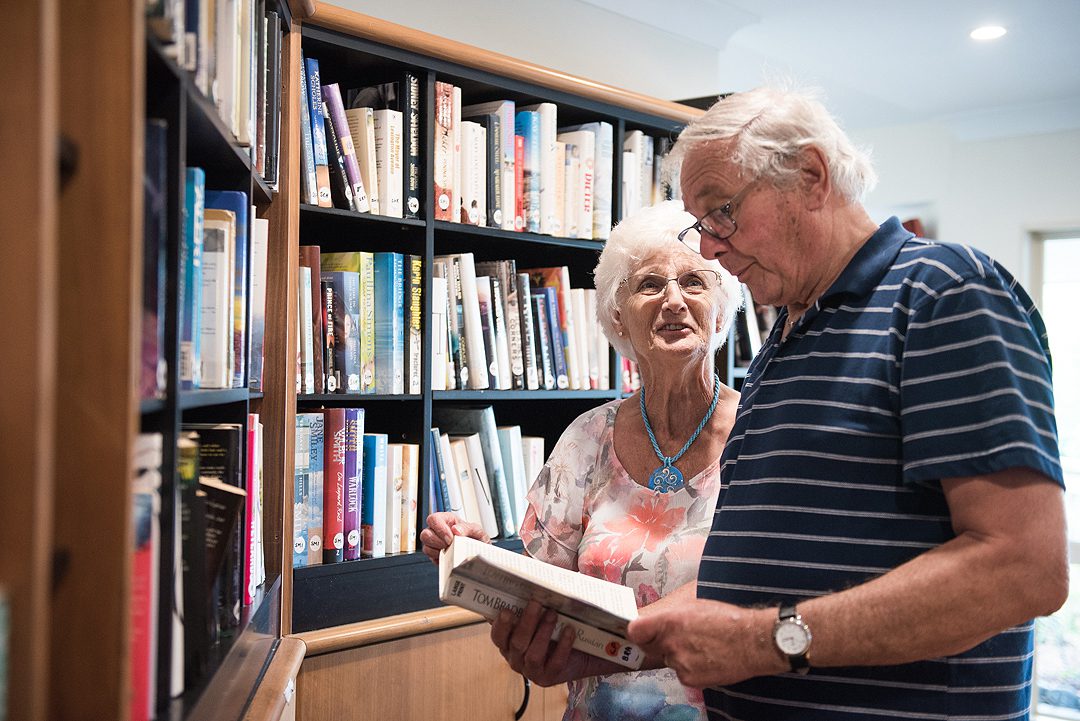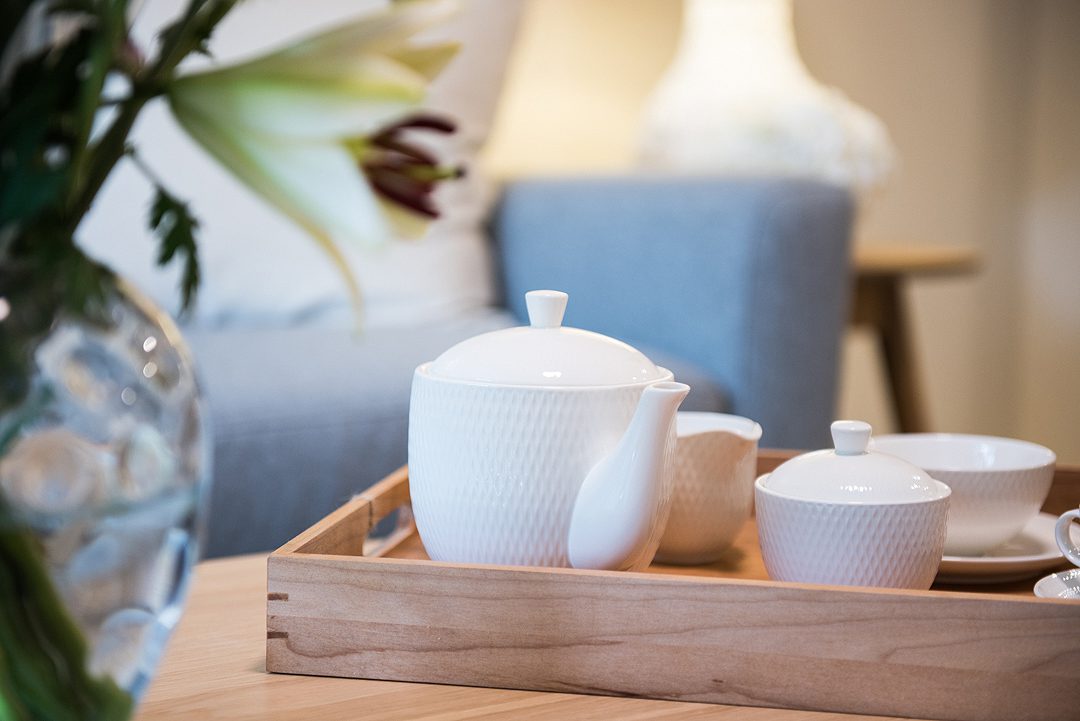As we age, it's easy to become overwhelmed as to how you will go about…

Mindfulness for seniors: Benefits of practising mindfulness in retirement (and how to do it!)
We all know it’s important to keep our minds active as we age. But practising mindfulness is not quite the same as doing crossword puzzles or sudokus – it’s actually about focusing on the now to help control negative thoughts and encourage feelings of calm.
A relatively new concept, mindfulness is a simple form of meditation that can be done anywhere, at any time. And the benefits are numerous.
From less stress to improved sleep, reducing depression and improving our overall emotional well-being, practising mindfulness can even help ease tension we all feel about getting older. Studies have also proven that mindfulness can aid in memory retention, and slow down the progression of dementia.
So if you think you might like to incorporate a little bit of mindfulness into your daily life, here’s how to get started.
Start with breathing
Breathing is a pretty natural body function, but many of us don’t do it quite right. Focusing on the way we breathe is important for stilling the mind and minimising anxious thoughts – and it’s really quite beneficial for both the mind and the body.
When we choose to concentrate on our breathing, it allows us to be more present. And all you need to do is find a quiet space to stand, sit or lay down, and breathe in the nose (counting to 10), hold for 10 (if you can) and then slowly breathe it out your mouth. Feel your chest fill deeply on the inhale, and your shoulders drop on the exhale. Doing this for about 10 breaths should help you to relax, find peace and soothe racing thoughts.
Mindful moving
Practising tai chi, yoga or doing any form of slow stretching is a wonderful way to encourage your mind and body to work together, while relieving stress. As we age, our bodies naturally slow down, but that doesn’t mean they don’t still work! Be proud of what your body can achieve and benefit from getting feel-good endorphins flowing through gentle exercise.
Going for a stroll is also an ideal way to help practise mindfulness – as you walk, concentrate on what you can hear, smell, see and feel (the warm sun on your face, a crisp breeze on your skin?) Nature is the perfect location for taking a break from the day-to-day overwhelm of life.
Easy meditation
We know that when many people hear the word meditation, they think of sitting on the floor with their legs crossed and hands resting on their legs, making a little ‘o’ with their thumb and forefinger. But times have changed and while some do practise meditation that way, there are actually many other ways to do it – and it’s however you feel comfortable!
Above we touched on how focused breathing can stop an overactive mind, and you can take this one step further by setting aside five to 10 minutes on a daily basis to simply just sit and be. This is essentially the basics of meditation, where you pause to clear your mind and be in the present moment.
Stopping thoughts from popping up is difficult (although it gets easier with practice), but it’s okay to let them come, where you acknowledge them and then let them go. And depending where you are meditating, you can either choose to think about a favourite place, or be aware of what is around you. What can you see, feel, smell, hear and perhaps even taste?
Eating with purpose
Eating is a daily part of life, and most of us do it without thinking. But there’s actually a way to incorporate mindfulness into your meals that results in some benefits for your physical and mental wellbeing.
We often overeat because we are not paying attention to how our body feels/when it is full. We simply put a meal on a plate and don’t stop until we are finished (especially if that is how we were brought up). But it is actually better to eat slowly and with purpose.
Focus on the food you’re putting into your mouth – it’s taste, texture, how it looks and smells – and don’t prepare your next mouthful until you’ve finished your current one. It takes a bit of time to get in the habit of mindful eating, but it’s almost guaranteed you’ll enjoy eating so much more by saviouring what you’re doing.
Journaling
Whether at the start of the day, or the end, journaling is a mindful way of capturing how you feel, any worries you have, and things you are thankful for. Some people like to have a theme in mind for their writing – that perhaps helps them work towards a goal. Or it can be an unstructured release of emotions and thoughts. It’s whatever feels right for you, in a way that allows you to reflect and give attention to what is going on in your mind.
So there you have it. Do you think you’ll look to incorporate more mindfulness into your life? We will certainly try, especially since studies have shown that even taking up one or two of the activities mentioned above on a consistent basis can result in significant changes in the brain.
Keen to see what kind of facilities we have on offer to help you keep mentally and physically fit? Check it all out here.



